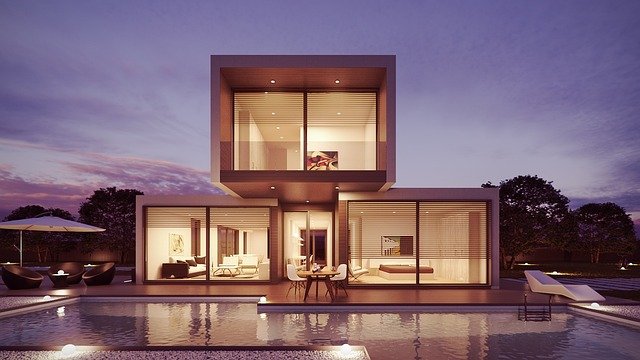The Untapped Potential of Warehouse Conversion in Real Estate
Commercial real estate has always been a lucrative market, but one sector that has seen a recent surge in interest is the warehouse conversion niche. This article will delve into the reasons behind this trend, its advantages, and challenges, and what it means for both real estate investors and end-users.

The Emergence of Warehouse Conversions
Historically, warehouses were seen purely as storage units and distribution centers, with little consideration for their potential as living or working spaces. However, with the rise in urbanization and the need for more housing and commercial spaces, these old buildings have taken on a new lease of life.
The first wave of warehouse conversions began in the late 20th century, primarily in cities with a rich industrial heritage. Unused and often dilapidated, these warehouses offered an untapped resource for developers. Recognizing the potential for creating unique, loft-style living and working spaces, they began transforming them into residential and commercial properties.
The Appeal of Warehouse Conversions
One of the primary attractions of a warehouse conversion is its character. The high ceilings, exposed brickwork, and original features of these industrial spaces offer an aesthetic that is hard to replicate in new builds. This unique charm is a selling point for many buyers and tenants, particularly those in the creative industries.
Financial incentives also play a role. Conversions often cost less than new builds, especially if the existing structure is sound. This makes them an attractive proposition for developers looking to maximize their return on investment.
The Challenges and Market Impact
Despite their appeal, warehouse conversions are not without their challenges. These buildings often require significant renovation to make them fit for residential or commercial use. This can involve expensive structural work, as well as upgrades to meet modern building codes and environmental standards.
As for the market impact, the demand for these unique properties has led to an increase in property values in areas with a high concentration of converted warehouses. This has benefited investors but has also led to concerns about affordability and gentrification.
The Future of Warehouse Conversions
With the ongoing demand for unique, character-filled spaces, the trend for warehouse conversions looks set to continue. However, as the availability of suitable buildings decreases, developers may need to look to other types of commercial properties for conversion opportunities.
In conclusion, warehouse conversions represent a unique segment of the real estate market. They offer a blend of character, convenience, and financial incentives that make them an appealing choice for a range of buyers and tenants. However, the challenges involved in converting these spaces and their impact on local property markets cannot be ignored. As such, a balanced approach to this trend will be key to its ongoing success.




